Freeform dreadlocks, also known as neglect or organic dreads, are a unique and increasingly popular way of styling hair. Unlike traditional dreadlocks, which are created through a process of backcombing and twisting, freeform dreads are allowed to form naturally without any manipulation.
This results in a more natural and relaxed look that can be customized to suit a wide variety of hair types and personal styles. This article will explore the history and cultural significance of freeform dreadlocks and some tips for maintaining and styling this unique and versatile hairstyle.
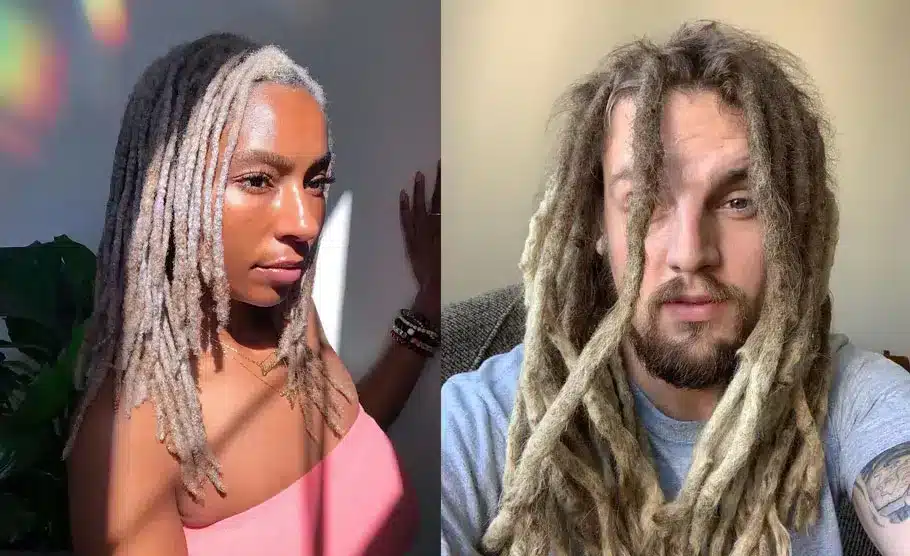
Whether you’re considering freeform dreads for the first time or are a seasoned dreaded looking for new inspiration, this article will provide you with everything you need to know about this exciting hair trend.
READ ALSO: All Back Hairstyles With Attachment
How To Maintain Freeform Dreads
Freeform dreads, also known as organic or neglected dreads, are a unique way of styling hair that involves allowing the hair to form dreadlocks naturally without any manipulation. Unlike traditional dreadlocks, which are created through backcombing and twisting, freeform dreads rely on the hair’s natural texture to create the locks.
Here are some key things to know about freeform dreads:
1. Maintenance:
Freeform dreads require minimal maintenance compared to traditional dreadlocks. You don’t need to use any products or do any twisting or backcombing. However, you will still need to keep your hair clean and well-moisturized to prevent tangling and breakage.
2. Hair type:
Freeform dreads can be created on all types of hair, but they tend to work best on hair with a natural curl or wave. Straight hair can also form dreads, but it may take longer and require more patience.
3. Length:
Freeform dreads can be created on hair of any length, but longer hair tends to form dreads more easily and quickly than shorter hair. However short freeform dreads is possible.
4. Time:
The process of forming freeform dreads can take several months to a year or more, depending on your hair type and how often you wash and manipulate your hair.
5. Styling:
Once your freeform dreads have formed, there are many different ways to style them. You can wear them loose, tie them back in a ponytail, or even create updos and braids.
6. Cultural significance:
Freeform dreads have a rich cultural history, particularly in African and Rastafarian cultures. They are often associated with a sense of freedom and individuality.
In summary, freeform dreads are a unique and low-maintenance way of styling hair that can be customized to suit a wide variety of hair types and personal styles.
RELATED: Dreadlock Styles for Men and Ladies in 2023
How to Get Freeform Dreads
Getting freeform dreads is a natural process that allows your hair to form dreadlocks independently, without any manipulation. Here are the basic steps to follow if you are starting freeform dreads:
1. Stop combing or brushing your hair:
The first step to getting freeform dreads is to stop combing or brushing your hair altogether. This allows your hair to tangle and knot up naturally, which is the first step in forming dreadlocks.
2. Wash your hair regularly:
While you don’t want to comb or brush it, keeping it clean and well-moisturized is still important. Wash your hair regularly with a gentle, sulfate-free shampoo and conditioner to keep it healthy and prevent tangling and breakage.
3. Separate your hair:
As your hair starts to tangle and knot up, you’ll need to separate it to prevent large clumps of hair from forming. Use your fingers to gently separate your hair into sections and remove any knots that are forming.
4. Be patient:
Freeform dreads take time to form, so be patient and let the process happen naturally. Depending on your hair type and how often you wash and manipulate it can take several months to a year or more for your hair to fully form into dreadlocks.
5. Maintain your dreads:
Once your hair has formed into dreadlocks, you’ll still need to maintain them to keep them healthy and looking their best. This involves washing them regularly, keeping them well-moisturized, and separating any large knots or tangles.
It’s important to note that freeform dreads are not for everyone and require a certain level of commitment and patience. However, freeform dreads can be a great option if you’re looking for a natural and unique way to style your hair.
RELATED: 17 Packing Gel Styles for your Next Event
Types of Freeform Dreads
There are many types of freeform dreads, each with unique style and characteristics. Here are some of the most common types of freeform dreads, along with a full explanation of how to achieve each style:
1. Classic Freeform Dreads
Classic freeform dreads are the most basic type of freeform dreadlock, and they involve simply allowing the hair to form into natural locks without any manipulation. To achieve this style, you’ll need to stop combing or brushing your hair and let it tangle and knot up on its own.
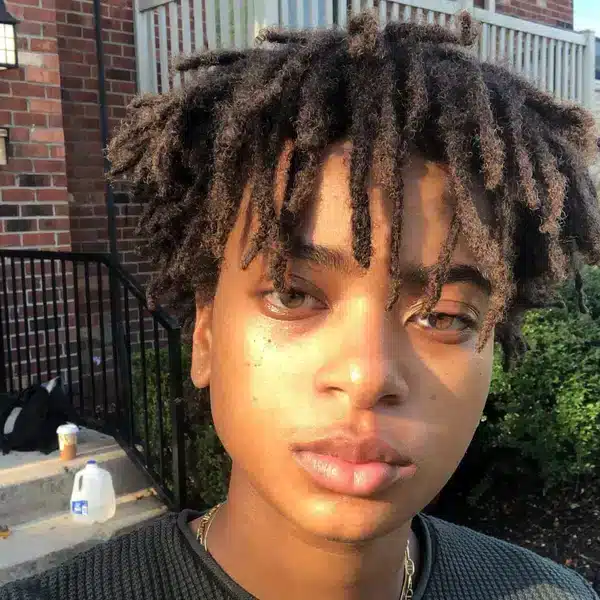
It’s important to wash and moisturize your hair regularly to keep it healthy and prevent breakage. Once your hair has formed into dreadlocks, you can style it in a variety of ways, such as wearing it loose or tying it back in a ponytail or bun.
RELATED: Step-by-step Skincare Routine To Achieve Glowing Skin
2. Tapered Freeform Dreads
Tapered freeform dreads are similar to classic freeform dreads but are shaped to create a more graduated look. This style involves allowing the hair at the roots to form into larger, thicker dreads while the hair at the ends is left looser and more natural-looking.
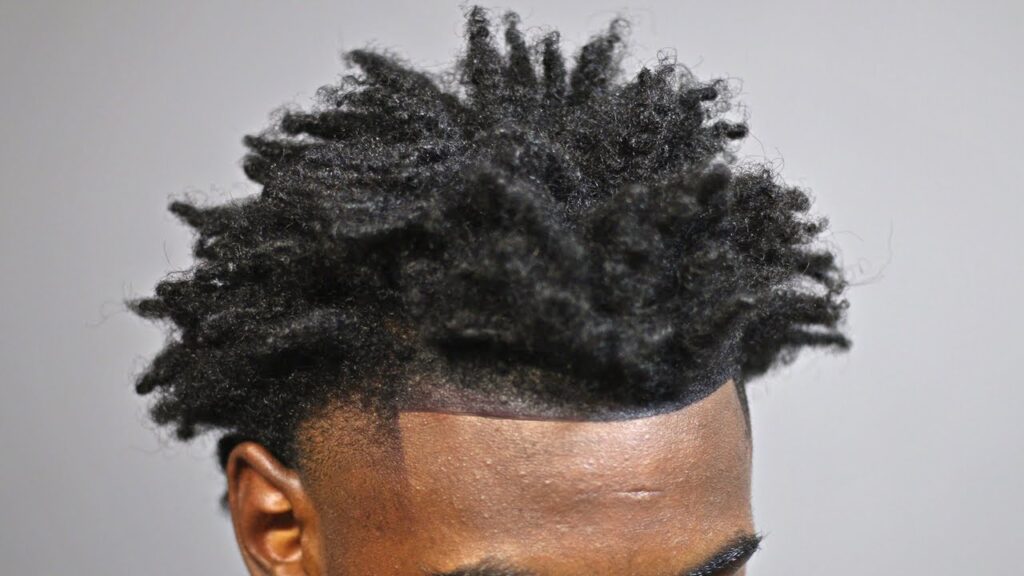
To achieve this style, you’ll need to separate your hair into sections and allow the dreadlocks to form naturally, with the larger sections at the roots and the smaller sections at the ends.
RELATED: 21+ Best Bohemian Box Braids Hairstyle Ideas to Try in 2023
3. Coils or Spirals
Coils or spirals are a type of dread that involves twisting the hair into tight coils or spirals as it forms into dreadlocks. This creates a more defined and structured look and is a great option for those with curly or coily hair.
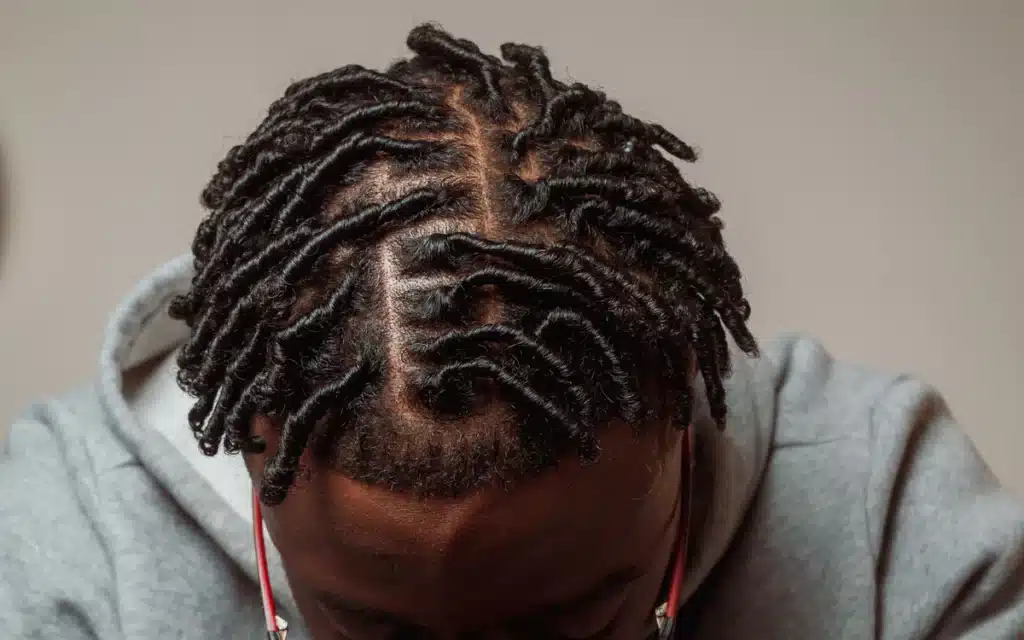
To achieve this style, you’ll need to twist small sections of hair as they form into dreadlocks by using your fingers to create tight coils or spirals.
RELATED: 15+ tribal braids styles for Women
4. Comb Coils
Comb coils are a type of freeform dread that involves using a small comb to create tight, uniform coils in the hair as it forms into dreadlocks. This style creates a very structured and defined look. And is a popular option for those with very curly or coily hair.
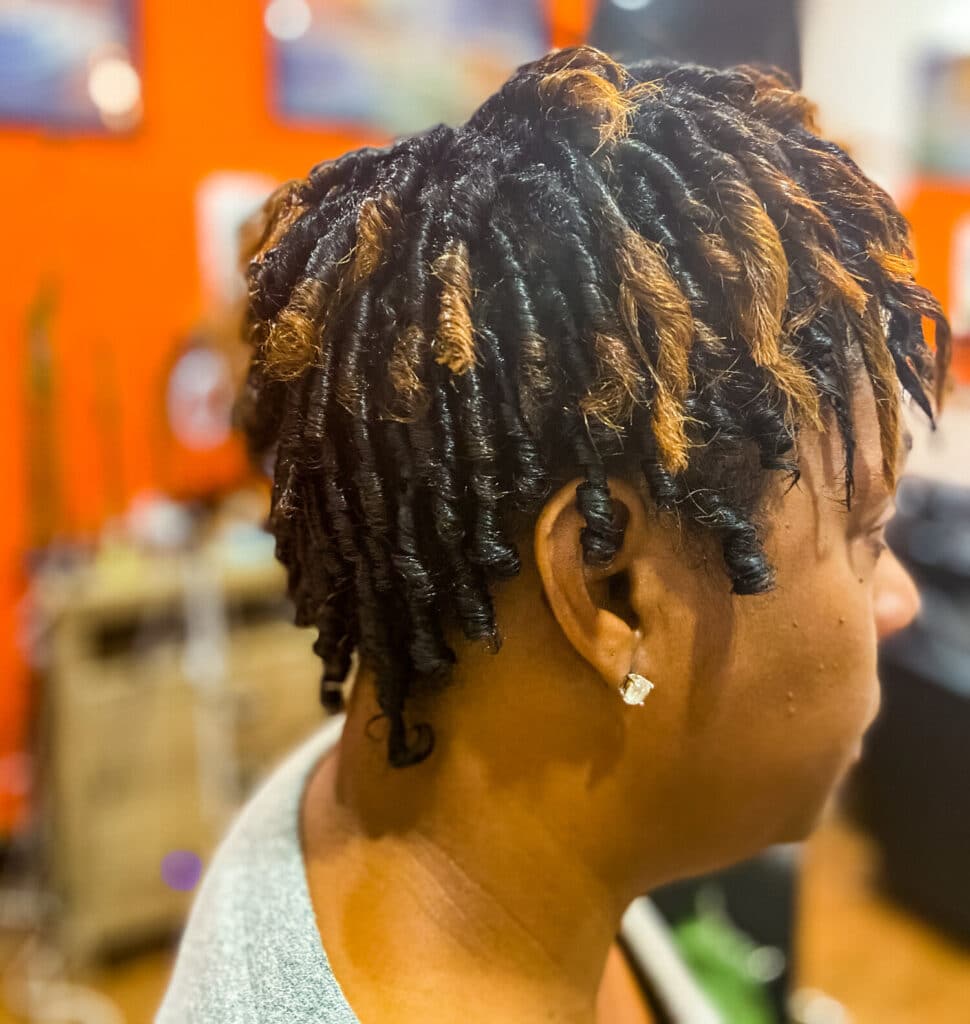
You’ll need to use a small comb to create tight coils in the hair to achieve this style as it forms into dreadlocks. It’s important to use a gentle touch and avoid pulling or twisting the hair too tightly. Because this can cause breakage and damage to the hair.
RELATED: 13+ Gorgeous Small Box Braids for your next Hair do
5. Twist and Rip
Twist and rip create freeform dreadlocks that involve twisting and pulling small sections of hair to create tight, uniform dreadlocks. This style creates a very structured and defined look. And is a popular option for those who want to achieve dreadlocks quickly.

To achieve this style, you’ll need to twist and pull small sections of hair as they form into dreadlocks by using your fingers to create a tight, uniform look. It’s important to be gentle and avoid pulling or twisting the hair too tightly. This can cause breakage and damage to the hair.
FUN FACT: Can Cockroaches Live in Your Penis?
6. Organic freeform dreadlocks
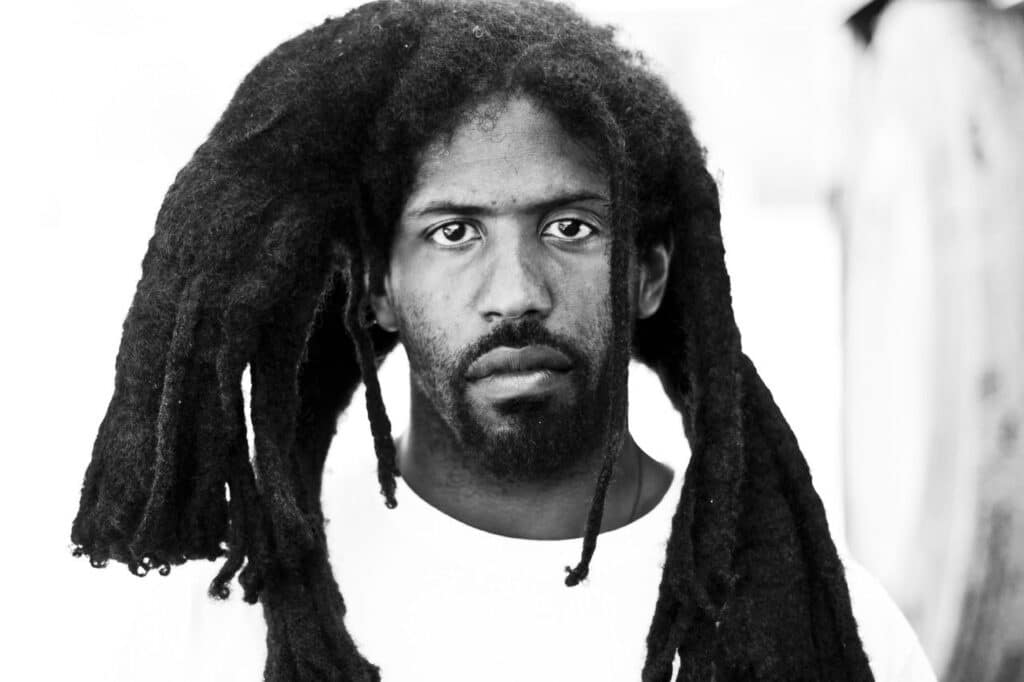
These are thick freeform dreads that form naturally without any particular attention paid to the shape or size of the dreads. With this method, the hair is simply allowed to mat together over time without any manipulation or maintenance.
RELATED: Wick Dreads: What are they and How to Style them in 2023
7. Chunky freeform dreadlocks
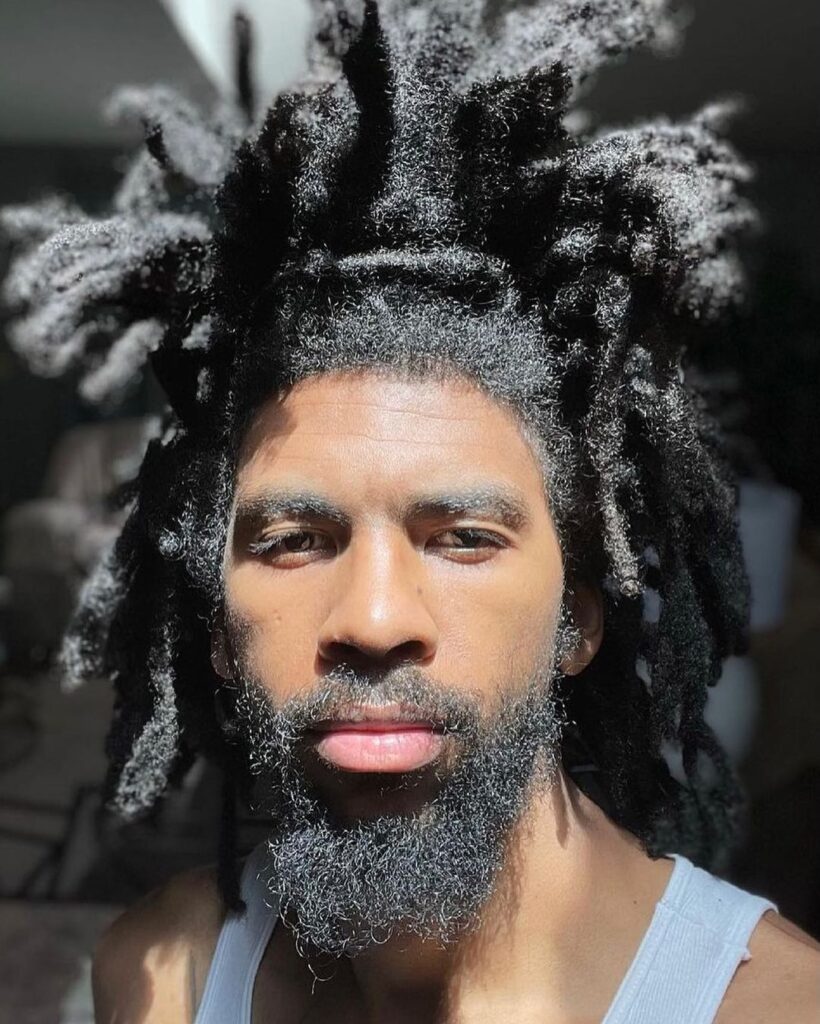
Chunky dreads are created by allowing large sections of hair to naturally mat together. They tend to be thicker and more substantial than other types of freeform dreads.
RELATED: 15+ Best Short Curly Hairstyle For Every Occasion
8. Thin freeform dreadlocks
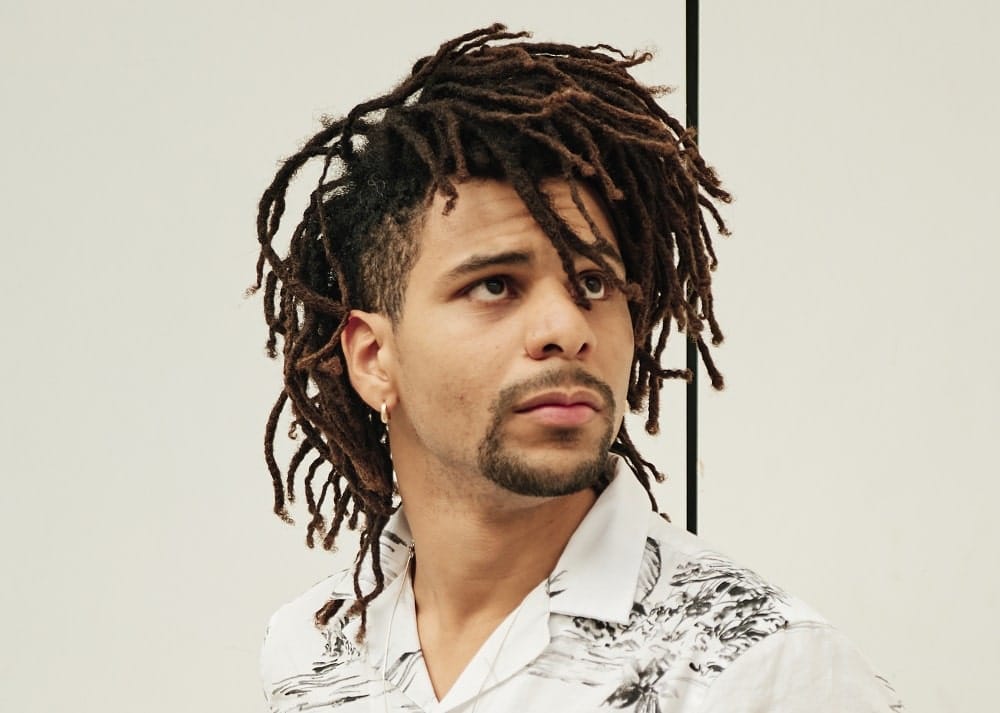
Thin dreads are created by allowing small sections of hair to mat together naturally. They tend to be more delicate and require more care than thicker dreads. This method is often preferred by individuals who want to achieve a more delicate and subtle dreadlock look.
RELATED: 60+ Protective Hairstyles for Natural Hair
9. Short Freeform Dreadlocks
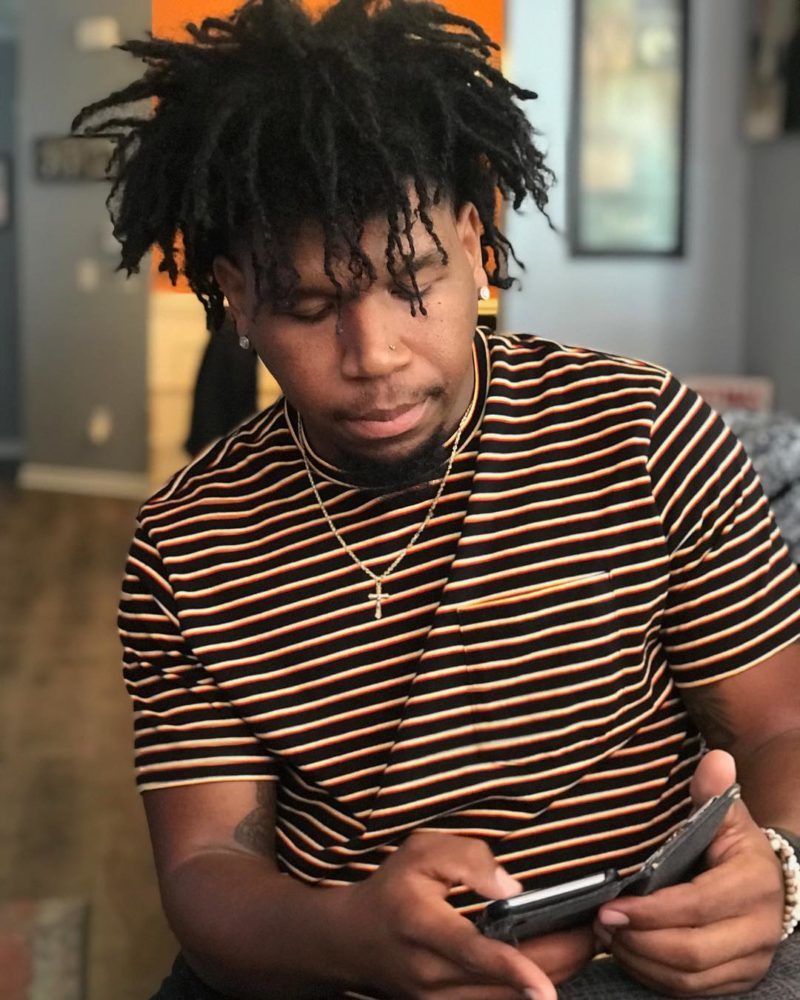
These dreads are typically shorter in length and may be preferred by those who don’t want their dreads to become too heavy or difficult to manage.
RELATED: Latest Kinky Hairstyles in Nigeria 2023
10. Long Freeform Dreadlocks

Long dreads are allowed to grow to their full length and can be quite heavy and voluminous. They may require more maintenance and care than shorter dreads.
FUN FACT: 100 Fun Things to Do When Bored (2023)
11. Wild freeform dreadlocks
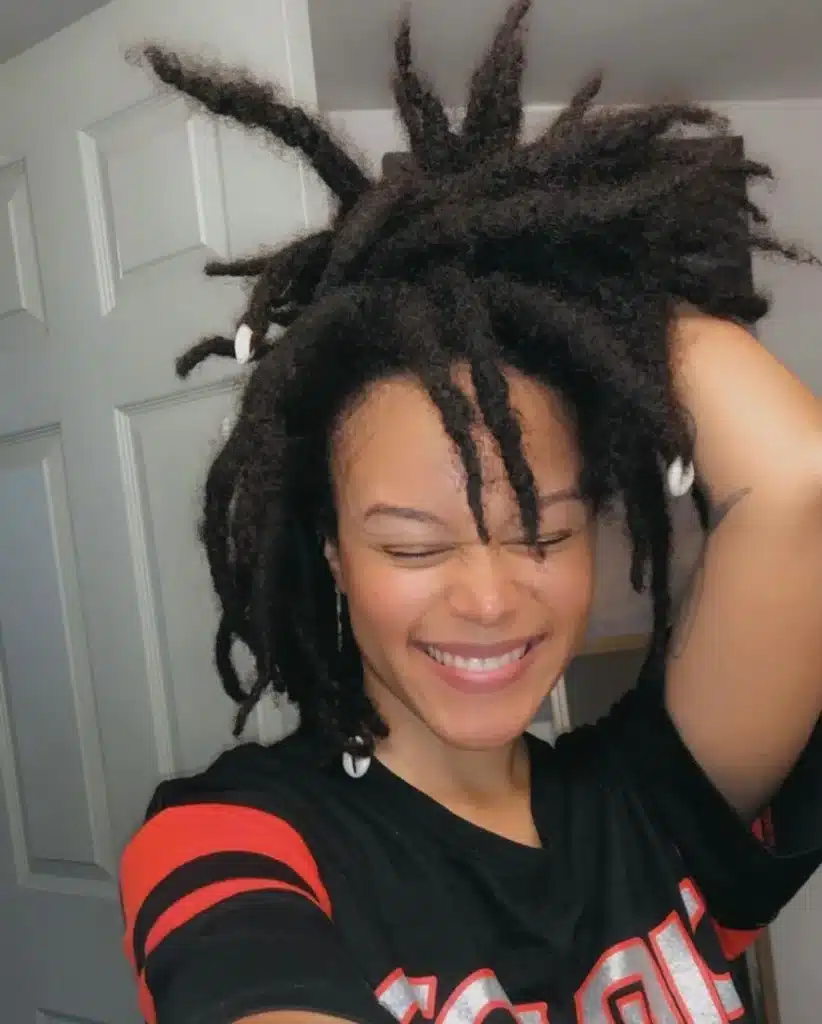
These dreads are allowed to take on a wild and untamed appearance, with no particular attention paid to the direction or shape of the dreadlocks. This method can create a very natural and free-flowing look, with each dreadlock taking on a unique and unpredictable shape.
RELATED: Trendy Hairstyles for Men You Should Try in 2023
12. Styled freeform dreadlocks
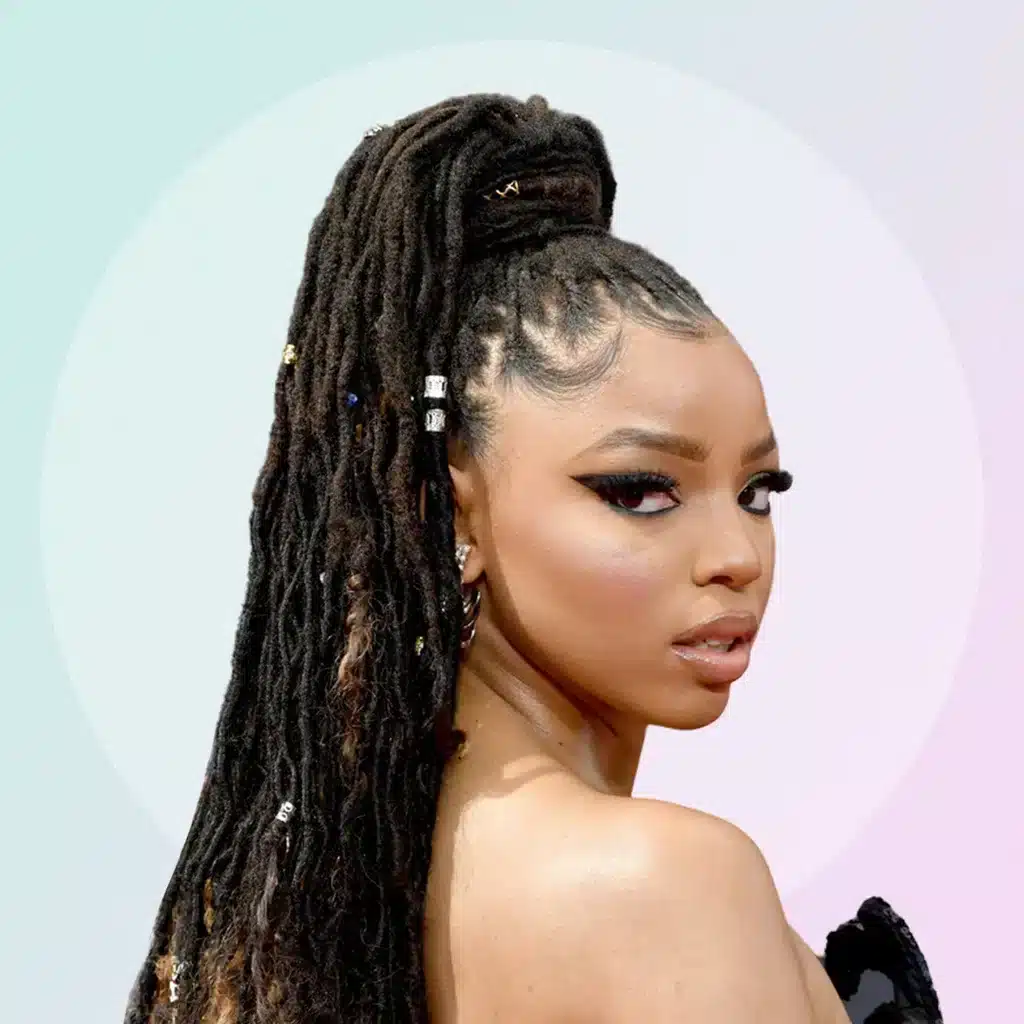
Some people choose to style their freeform dreads by adding beads, braids, or other decorative elements. This can help to give the dreads a more polished and put-together look.
RELATED: 40 Classic Drop Fade Haircut
13. Thick freeform dreadlocks
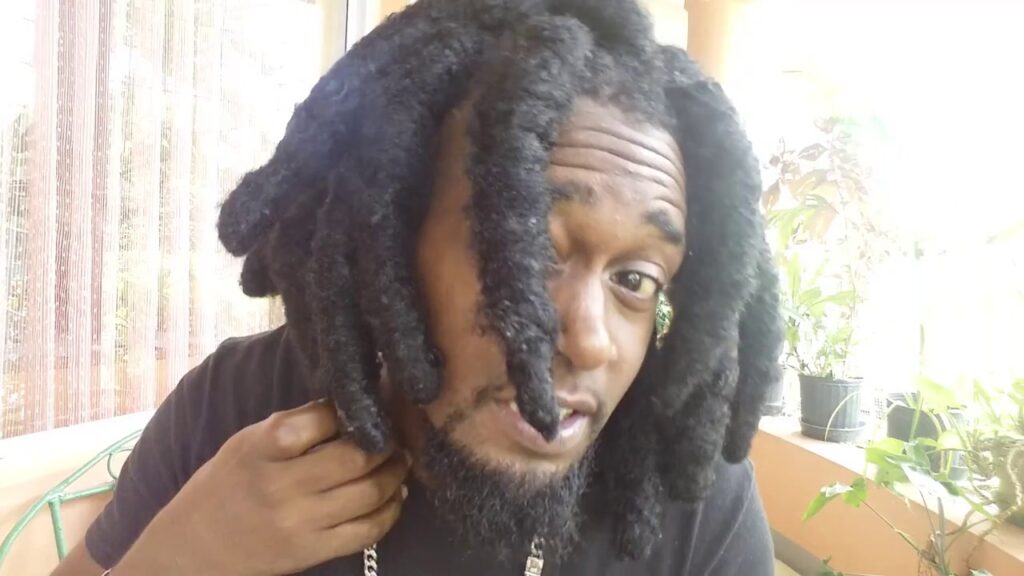
These freeform dreadlocks are particularly thick and substantial, creating a bold and dramatic look. This method can result in a bold and more substantial look, with each dreadlock appearing thick and substantial.
Related: Best Braided Hairstyles Ideas in 2023
14. Fine freeform dreadlocks

Fine freeform dreadlocks are created by allowing small, thin sections of hair to mat together naturally. They tend to be more delicate and require more care than thicker dreads.
RELATED: Get inspired: Gorgeous Hairstyles for Girls to try today
15. Fuzzy Freeform Dreadlocks
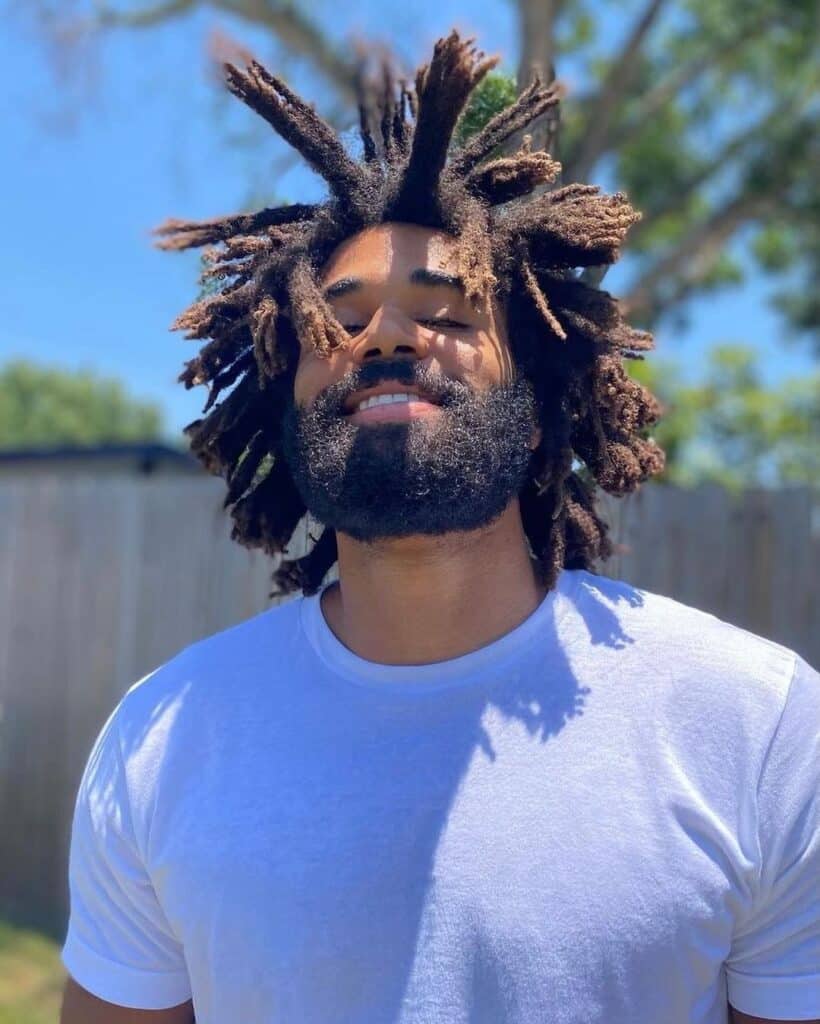
These dreads have a fuzzy, slightly unkempt appearance, with lots of flyaways and loose hairs. This method can result in a bold and more substantial look, with each dreadlock appearing thick and substantial.
FUN FACT: 3 Fascinating Things About ‘How Long Do Idiots Live’ Meme
16. Messy freeform dreadlocks

These dreads have a messy, slightly disheveled appearance, with lots of texture and movement. This method can create a very natural and effortless look, with each dreadlock appearing slightly different in shape and size.
RELATED: Who has the Most Followers on Instagram?
17. Straight Freeform Dreadlocks
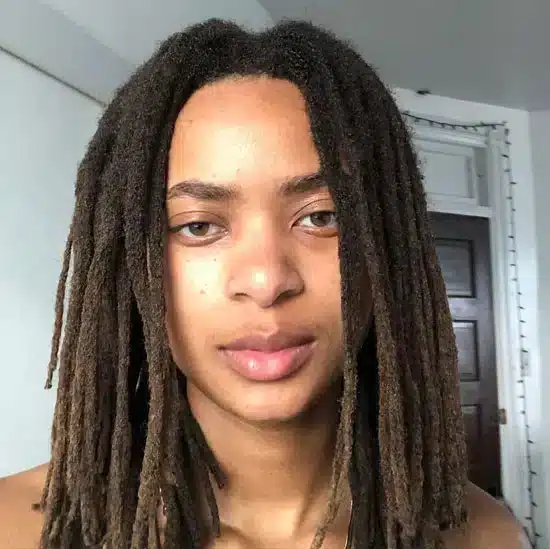
Straight freeform dreads are formed from straight hair and can have a very sleek, polished appearance. Straight freeform dreads may require more attention and maintenance than other types of freeform dreads.
RELATED: Senator Styles for Men
18. Curly Freeform Dreadlocks
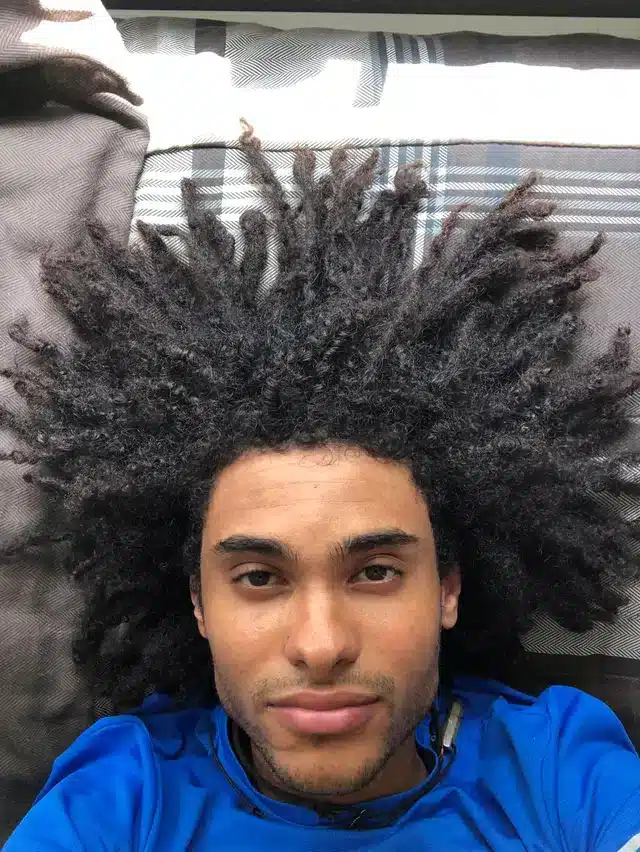
Curly hair can create freeform dreadlocks with a lot of texture and movement. This method can create a very unique and interesting texture, as the curls and waves of the hair will be incorporated into each dreadlock, giving them a more organic and fluid appearance.
RELATED: 31+ Latest Bubu Gown Styles for Ladies in 2023
19. Braided freeform dreadlocks

Some people choose to create freeform dreadlocks by braiding their hair and allowing it to naturally mat together over time.
RELATED: 45+ African Lace Styles for Weddings 2023
20. Colored Freeform Dreadlocks
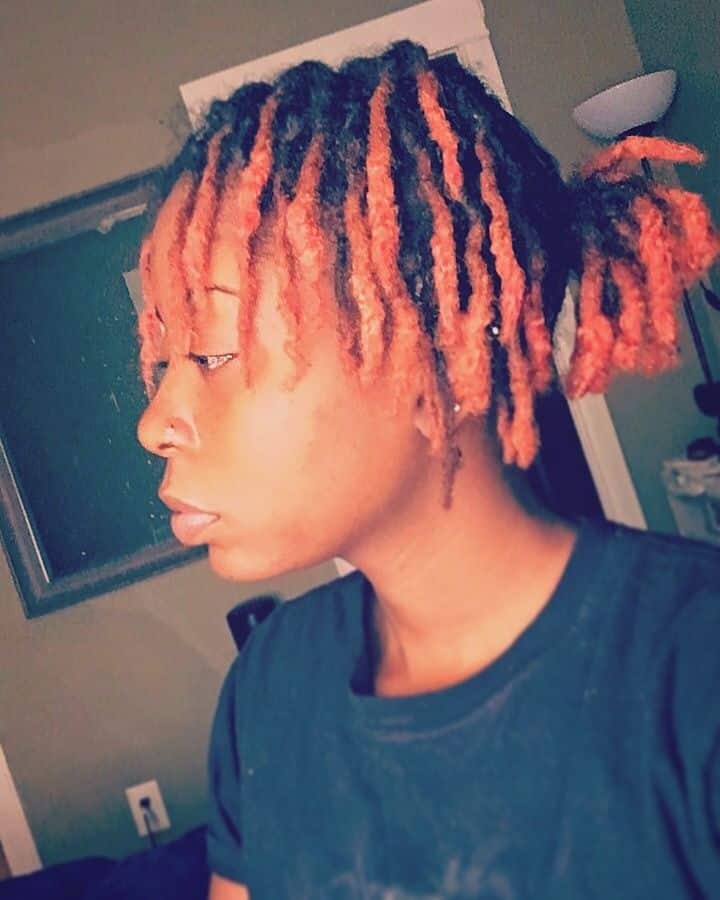
Adding color to freeform dreadlocks can create a bold, vibrant look. This method can create a very eye-catching and unique appearance, as the colors can add depth and dimension to each dreadlock.
It’s important to be patient and gentle when creating freeform dreads. This will help to keep your hair healthy and prevent breakage and damage. Dreads are a unique and natural way to style your hair.
It allows your locks to form into dreadlocks without any manipulation. Freeform dreadlocks are versatile and can be styled in many ways to suit your taste and hair type.
FUN FACT: How Long Do Short People Live?
While the process of getting dreads takes time and patience. It is worth it for the unique and organic look that can be achieved. It’s important to keep your hair clean and well-moisturized during your freeform dreads journey, as this helps to prevent breakage and damage to the hair.
FAQs for Freeform Dreads
What are free-form dreadlocks?
What are freeform dreads? Freeform dreads are a type of dreadlocks that form naturally without any initial manipulation. They’re made using natural products to jumpstart the process and are the most natural type of dreadlocks.
What’s the difference between freeform locs and dreads?
Freeform dreadlocks are thicker dreadlocks as compared to traditional hair locks. In this hairstyle, the hairlines are not visible. Instead, the hair grows in twists or braids, beginning with the roots section.
How long does it take to get freeform dreads?
While it’ll typically take about three to five weeks to start your free-form dreads, it might take longer, as everyone’s hair is different. The actual timeline will also depend on how long you want them.
Can free form turn into dreads?
You can either grow free-form dreads, also known as neglect dreads. Simply let your hair separate into natural locks when you stop brushing it.
Does free-form dreads grow?
In order to grow freeform locs, you simply allow your hair to grow naturally and directly. You’ll have to separate the small locs as they grow into your desired size and sections. It’s essential with free-form locs to do proper washing.
